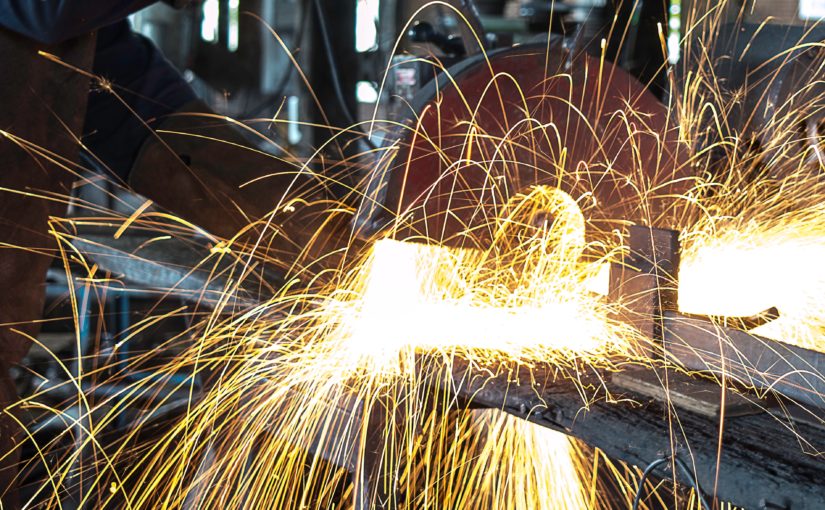With the increasing need for new and better infrastructures, the demand for precision metal manufacturing has been on the rise. Precision metal manufacturing, more commonly known as Sheet Metal Fabrication employs a set of ways in which sheet metal can be manufactured.
If you wish to know more about Precision Metal Manufacturing, you’re in the right place.
Process:
Like the manufacturing of any other material, sheet metal fabrication follows a predetermined set of rules.
- Blueprints:The specifications of the sheet metal required will be drawn onto a blueprint. This is done to understand the rough process needed to fabricate the metal.
- Final Drawing: In this, a final drawing is made and finalized. This usually includes in-depth calculations on how much metal is required what the different stress levels are, and much more.
- Metal Fabrication: As the name suggests, this is where the metal is fabricated. The raw material is put through several processes to make the final product that matches with the requirements of the blueprints.
- Finishing: Finishing touches; like smoothening of edges, are used to add a final touch to the sheet metal.
Each of these steps is extremely important when it comes to fabricating sheet metal. They ensure that the metal being manufactured follow the design specifications along with maintaining transparency between the client and the fabricators.
Steps Involved
Along with following a process in fabricating sheet metal, there are also specific steps to be followed, which are listed below.
- Cutting: Sheet metal is usually in its raw form, which needs to be brought to shape according to the design requirements. This is the first step to shaping sheet metal, which is why several basic methods with advanced cutting tools are used to cut the sheet metal.
- Cutting with Shear: Shear is when a tangential force is applied on the sheet metal. There are types of shear cutting as well like shearing (for large parts), punching (making holes), and blanking (cutting part perimeters).
- Cutting without Shear: In case shear is not employed, other types of direct cutting are used. Some of these include laser cutting, plasma cutting, and waterjet cutting.
- Bending and Forming: After cutting, sheet metal is bent into the required shape. For this, tools like press brakes are used to bend the metal. Some forms of bending include machining, folding, stamping, and rotary bending.
- Joining: A lot of projects include precision metal manufacturing of different parts and components of the final model. These metal sheets are joined or fused with metal binding processes. Some of these include welding, brazing, riveting, and adhesives. The joint usually depends on the amount of stress that the joint will undergo.
- Finishing: Once the sheet metal is cut correctly, bent, and joined into shape, a finishing touch needs to be given. This includes polishing the surface, silk screening, paint coating, and other custom surface finishes. These are designed to improve the durability, conductivity, or resistance of the metal.


